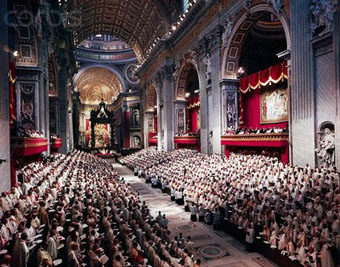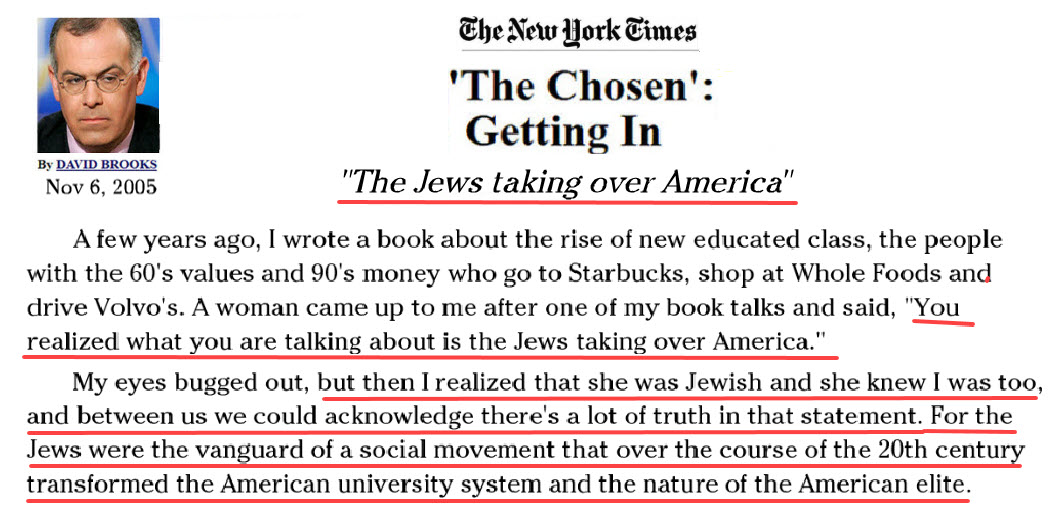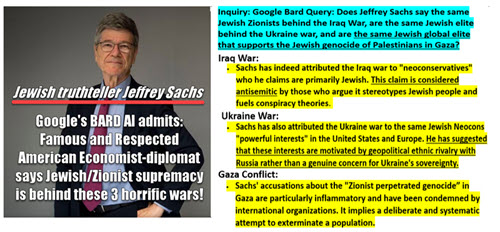 A new book by John Connelly, professor of history at the University of California, Berkeley, has claimed that Jewish “converts” to Catholicism were the main drivers behind the 1962 “Vatican II” Declaration which completely reversed that church’s approach to Jews and religion.
A new book by John Connelly, professor of history at the University of California, Berkeley, has claimed that Jewish “converts” to Catholicism were the main drivers behind the 1962 “Vatican II” Declaration which completely reversed that church’s approach to Jews and religion.
Writing in his book “From Enemy to Brother: the Revolution in Catholic Teaching on the Jews, 1933-1965,” (Harvard University Press, 2012), Connelly says that the Vatican II declaration contained a a statement on non-Christian religions, known by its Latin title, Nostra Aetate (“In our times”).
Part four of this declaration, a statement on the Jews, said that Christ, his mother and the apostles were Jews, and that the church had its origin in the Old Testament. It denied that the Jews may be held collectively responsible for Jesus Christ’s death, and, citing the Letter of St. Paul to the Romans, Nostra Aetate called the Jews “most beloved” by God.
“These words seem commonsensical today, but they staged a revolution in Catholic teaching,” Connolly said.
“The bishops found themselves relying on tiny groups of experts who had cared enough to amass the unusual intellectual qualifications for this task.
“As I discovered while researching my recently published book, “From Enemy to Brother: The Revolution in Catholic Teaching on the Jews, 1933–1965,” these experts did not begin their work in the 1960s.
“From outposts in Austria and Switzerland, several had tried to formulate Catholic arguments against anti-Semitism under the shadow of Nazism three decades earlier.
“They were as unrepresentative of Catholicism as one can imagine.
“Not only were they, Central Europeans, brave enough to stand up to Hitler when it counted, but they mostly had not been born Catholic.
“The Catholics who helped bring the church to recognition of the continuing sanctity of the Jewish people were converts, many of them from Jewish families.
“Most important was Johannes Oesterreicher, born in 1904 into the home of the Jewish veterinarian Nathan and his wife, Ida, in Stadt-Liebau, a German-language community in northern Moravia.”
According to Connolly, Oesterriecher was “took part in Zionist scouting and acted as elected representative of the Jews in his high school,” but later converted to Catholocism.
He then became active in anti-Nazi propaganda in Austria, where he and his friend, theologian Karl Thieme, penned a Catholic statement on the Jews, arguing that Jews “carried a special holiness.”
Oesterreicher left Austria after the Anschluss, and went to Paris where he broadcast radio propaganda against the Third Reich. When France was invaded, he fled to New York and Seton Hall University, “where he became the leading expert on relations with Jews in America’s Catholic Church,” Connolly says.
In the years that followed, Oesterricher and a number of Jewish “converts” had to “stage a revolution in a church that claimed to be unchanging,” Connolly continued.
“They did so by shifting church teaching to Paul’s letter to the Romans, chapters 9–11, where the Apostle, without speaking of baptism or conversion, proclaims that the Jews remain “beloved of God” and that “all Israel will be saved.”
“Like Oesterreicher, the thinkers who did the intellectual work that prepared this revolution were overwhelmingly converts.
“Soon after the war, Thieme joined with concentration camp survivor Gertrud Luckner to publish the Freiburger Rundbrief in southwest Germany, where they made crucial theological breakthroughs on the path to conciliation with the Jews.
“In Paris, the Rev. Paul Démann, a converted Hungarian Jew, began publishing the review Cahiers Sioniens and, with the help of fellow converts Geza Vermes and Renée Bloch, refuted the anti-Judaism in Catholic school catechisms.
“In 1961, Oesterreicher was summoned for work in the Vatican II committee tasked with the “Jewish question,” which became the most difficult issue to face the bishops.
“At one critical moment in October 1964, priests Gregory Baum and Bruno Hussar joined Oesterreicher in assembling what became the final text of the council’s decree on the Jews, voted on by the bishops a year later.
“Like Oesterreicher, Baum and Hussar were converts of Jewish background.
“They were continuing a trend going back to the First Vatican Council in 1870, when the brothers Lémann — Jews who had become Catholics and priests — presented a draft declaration on relations between the church and Jews, stating that Jews “are always very dear to God” because of their fathers and because Christ has issued from them “according to the flesh.”



